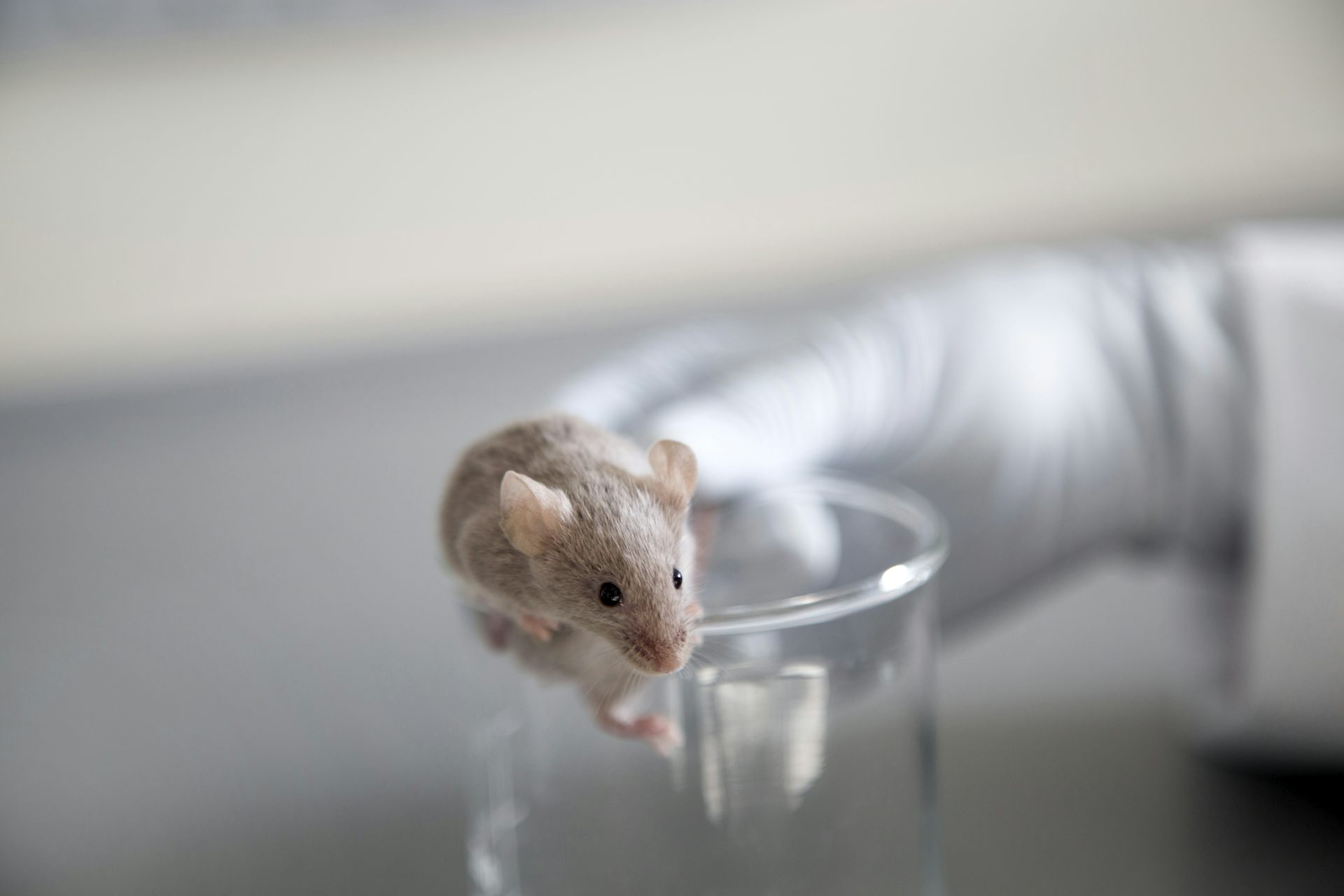Overeating? It may be a brain glitch
New weight loss approaches seek to switch off the brain patterns that drive overeating and weight regain. Here's how that works, and how it could help you.

With springtime comes the desire to shed those few extra pounds, in preparation to don swimsuits and head to the pool. This year, new obesity research is making it easier to find a pathway that is right for us.
There is no doubt that weight loss is a higher priority than ever before. Americans have never been fatter, with close to 40 percent obese and 70 percent overweight. Clearly, wishful thinking that the problem is going to go away is not working. Meanwhile, the risk of those extra pounds is ever more apparent. Even one condition, pre-diabetes – with 84 million Americans currently affected – can be daunting, as well as expensive. Moreover, the annual cost of diabetes in the United States is projected to climb to US$600 billion by 2030.
We want to lose weight and keep it off, but quick weight loss may not be the answer as it can dramatically slow metabolic rates, making weight rebound more likely. Nor is finding the “right diet” the solution as new research has shown that a variety of healthy eating plans all work similarly well, and with dieting rarely producing lasting weight loss, more people are giving up on weight loss altogether.
I am a health psychologist whose neuroscience research has led me to study the underlying causes of overeating and weight regain, specifically how physiologic stress or “brain stress” sets up a myriad of chemical changes that makes overeating and weight regain almost inevitable. I am convinced that much, if not most, of people’s struggles with food are based in the emotional part of the brain, specifically circuits that process stress, or circuits that we can rewire.
Why do people overeat?
One of the primary reasons people overeat and regain lost weight is that they have not changed the underlying behavior that leads them to crave comfort from food. These mechanisms play out mostly in the brain. Studies have shown that they are related to habitual ways of responding to stress that leave us triggered to overeat and awash in the chronic stress that promotes weight regain. It is difficult to overcome physiology with behavior change, medications or surgery, but a new study demonstrated that changing how we process stress changed food behavior without rigid dieting.

The patterns in the brain that control how we respond to stress are “wires.” Whether we reach for a cookie or bury ourselves in overwork, our daily responses to stress are the reactivation of instructions of how to respond that were encoded years or decades before. The hand that dips into the cookie jar is driven by the activation of a wire that was encoded during stress long before and unleashes chemical and electrical impulses that make us overeat in our currently daily life.
Traditional weight loss programs have not focused on changing these stress reactions that trigger overeating and I believe this is one reason their long-term effectiveness has been so dismal: Even if people lose weight, two-thirds of them regain more weight than they have lost.
Focus on the brain’s habits
The good news is that there are promising ways to retrain the brain and to help people change the way they think about food. In developing a neuroscience-based approach to weight loss, which we call Emotional Brain Training, my colleagues at the University of California, San Francisco and I decided to focus on changing the brain’s wiring that triggers stress eating. Our approach was to ask people to focus on something more positive than counting calories or measuring portion sizes: identify moments when they have cravings, indicating the offending circuit is activated and open to rewiring, and use simple emotional tools to process their stress and change the instructions encoded in that wire to reduce their desire to overeat.
This approach give practical application to the long-established stress-weight link. We know that in times of stress, three brain structures: the amygdala (“fear center”), the hypothalamus (“appetite center”) and the nucleus accumbens (“reward enter”), activate a cascade of biochemical changes that increase hunger, slow metabolism and favor fat deposition.
The missing link has been to find practical ways to control “brain stress” and those overreactions that trigger mindless eating, sugar appetites and food binges. The neuroscience-based approach is to focus on changing our stress wiring, the self-regulatory circuits that are triggered in a matter of nanoseconds that control our response to stress (and whether we eat that cookie or go for a walk instead). These stress wires are stored in parts of the emotional brain that activate automatic, unconscious responses. If we could change those wires, behavior change could be easier and, as activation of these wires contribute to chronic stress, lasting weight loss might be possible.
Survival circuits drive overeating
The specific wires that trigger stress eating and other stress-induced emotional and behavioral patters are called survival circuits. They encode instructions about how to feel, what to think and what to do when stressed and, once encoded, reactivate that response automatically. We all have some of these wires as our hunter-gatherer ancestors survived because of these primal instructions: If they ran to a cave and escaped the jaws of a hungry lion in rapid pursuit, a survival circuit was encoded to ensure the automatic replay of their response in a similar stressful situation.
However, there’s a glitch in the way the brain responds to stress in that the survival instructions that enabled our ancestors to reflexively race to a cave to survive a physical threat were generalized to emotional stress. Any random experience of emotional stress, particularly early in life or in adulthood during those inevitable times of stress overload, encodes this survival drive. If we coped by eating sugary, processed treats, the brain strongly remembers that response based on the associative learning of long-term potentiation, a process of encoding recent experience into circuits that control our strongly ingrained, lasting responses. The brain then reactivates that circuit in response to small daily stresses (to be sure that we “survive”) and we find ourselves with strong urges to overeat, as if our life depended upon getting that food.
I call these survival drives “food circuits” and once one has been encoded, dieting becomes very stressful as the circuit tells us that we need to overeat to meet our survival needs (safety, love, protection, security). We can eat healthy for a while, but when stress comes our way, our food circuit fully activates, and we cannot do what we “should” do and stay with our diet. Instead, we surrender to the instructions encoded in our food circuit to eat sugary, fatty foods that cause blood sugar highs followed by blood sugar lows that trigger hunger, stress, lethargy and weight grain. We are caught in a vicious cycle of dieting, weight loss, overeating and weight regain.
Zapping these circuits
What can we do about these wires? Researchers at New York University have opened the doors to using neuroplasticity to erase stress circuits. They found that these circuits could be rewired, but only if we intentionally activate a momentary level of stress that matched the stress level we were in when the circuit was encoded. We cannot relax our way to rewiring these circuits or think our way around them. We needed to learn how to stress activate them in order to change them.
The Emotional Brain Training approach draws upon this research, but involves two steps. Initially, participants target and weaken the circuits. Instead of counting calories, grams or points, they profile the circuits that trigger their overeating. They then use a technique that stress activates the offending drive and reprocesses the emotions stored in the circuit. This changes the wire’s faulty instructions that promote overeating into instructions to eat healthy. Second, after their drives for comfort food fade, they turn their attention to eating healthy and losing weight.
The field needs more research, but the approach is promising. A recent study showed sustained improvements in physiologic stress in a seven-week controlled clinical trial that EBT but not the behavioral comparison group maintained improvements in the stress that underlies weight regain at 20 weeks. In an observational study conducted at UCSF, researchers followed participants after 18 weekly trainings on the method’s tools and showed sustained weight loss even two years later, the first intervention to avoid the “V” shaped weight loss curve of obesity treament: losing weight during the treatment, then rapidly regaining it thereafter.
Moving from dieting to rewiring

As obesity causes both personal suffering and a budgetary health care crisis, perhaps it’s time to reinvent the wheel. Our relentless pursuit of changing what we eat without changing the brain’s habits that cause the stress that promotes overeating and regain needs updating.
Using brain-based methods to make it easier to push away from the table and eat healthy could help turn around the nation’s obesity epidemic and, on an individual level, make it easier to peel off those extra pounds and enjoy our summer weekends at the beach.
Laurel Mellin, Ph.D. directs the non-profit organization, The Solution Foundation, which provides public health information about the science and tools of Emotional Brain Training. She is the president of EBT, Inc., which conducts clinical certification programs for health professionals and interventions to the public.
Read These Next
Rest is essential during the holidays, but it may mean getting active, not crashing on the couch
Unwinding can be hard during the holidays for many reasons. Building in time to recharge through active…
‘This year nearly broke me as a scientist’ – US researchers reflect on how 2025’s science cuts have
US science lost a great deal in 2025, including tens of billions of dollars of federal funding, entire…
Hacked phones and Wi-Fi surveillance have replaced Cold War spies and radio waves in the delusions o
The delusions of people with thought disorders have had consistent themes of persecution for decades.…






